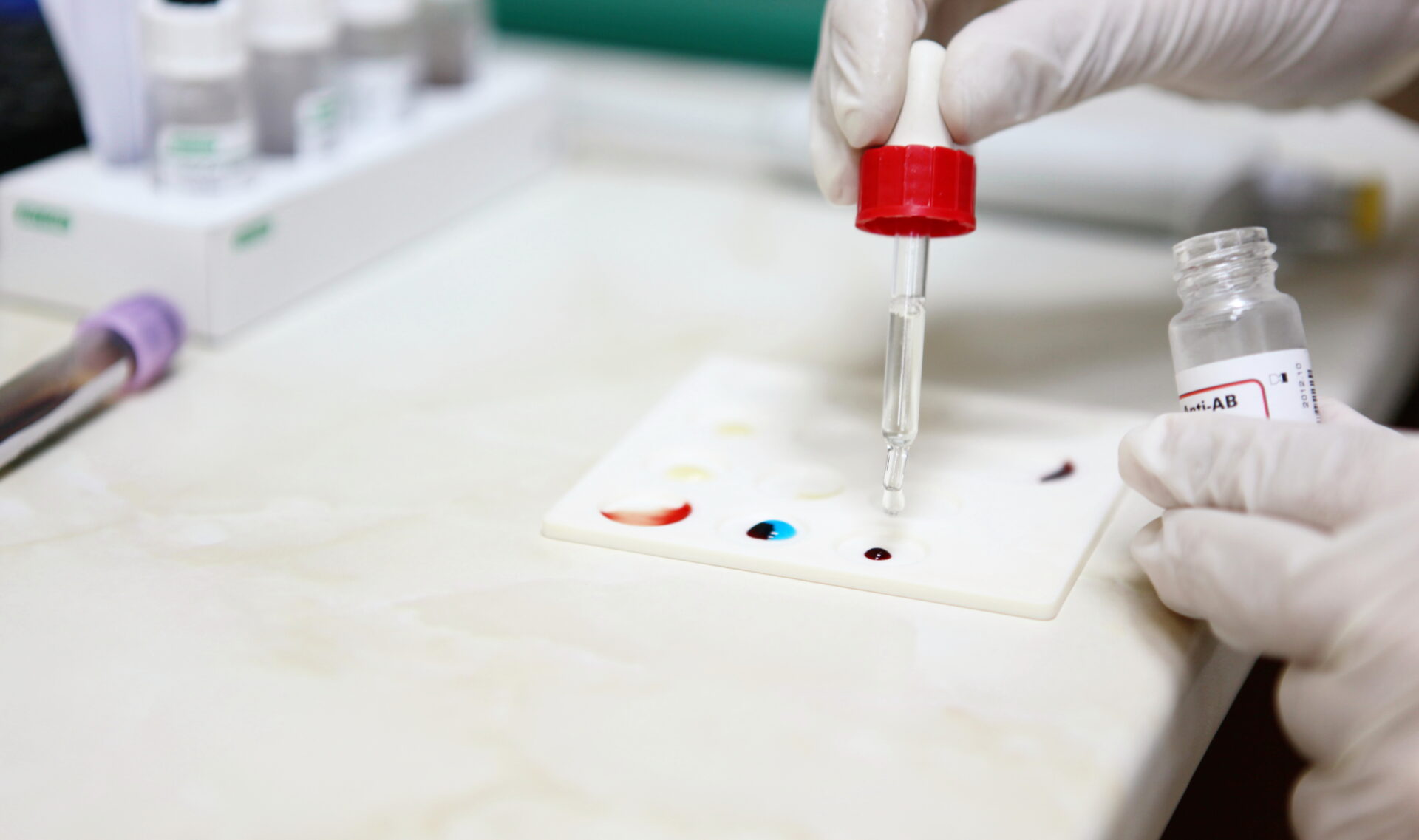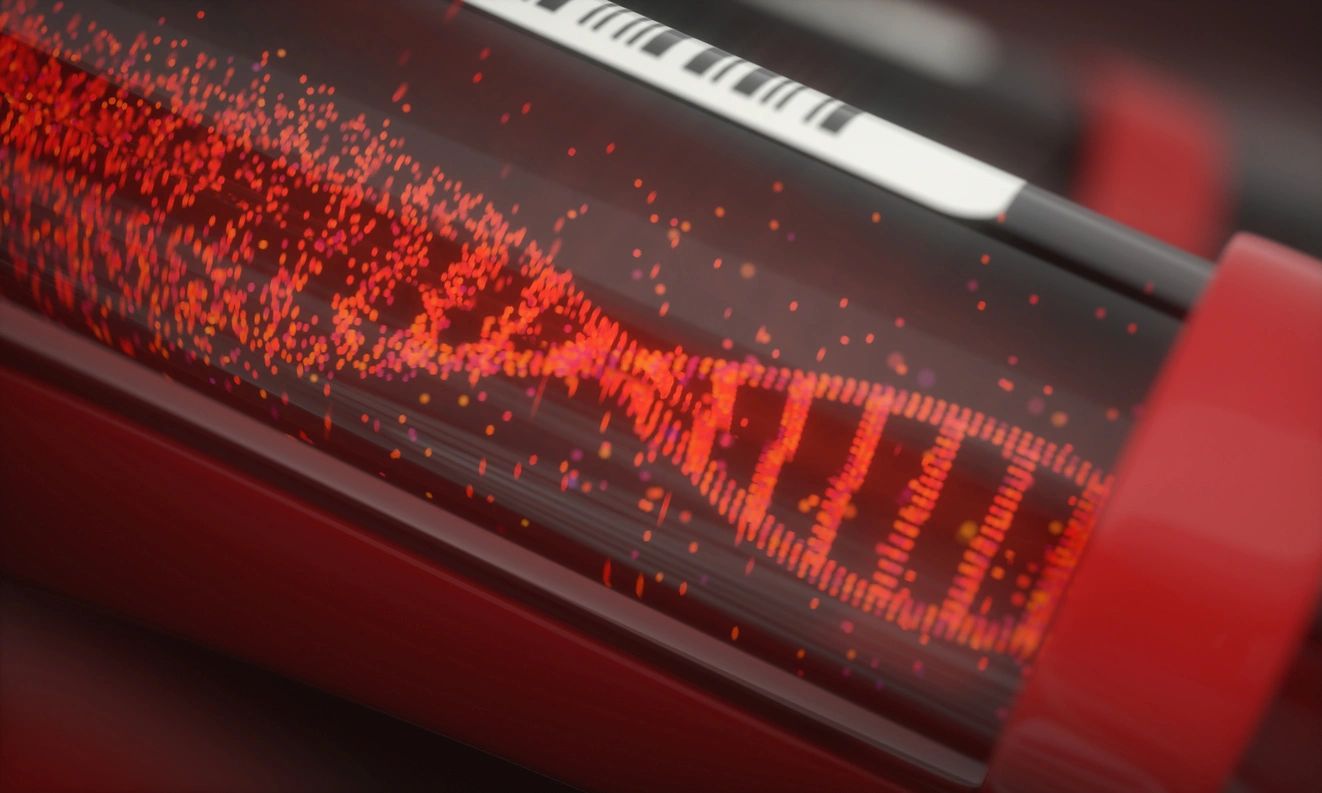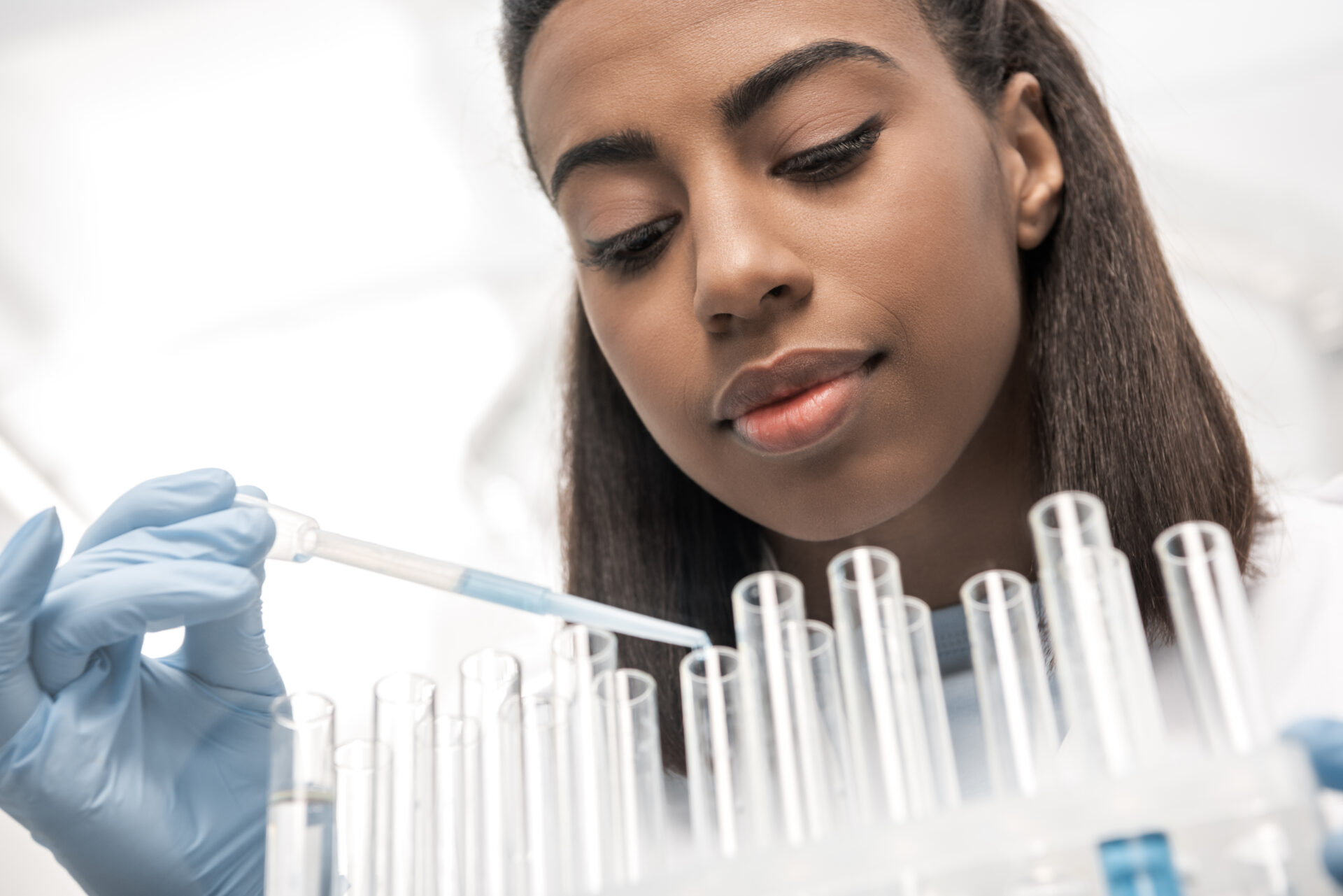Project Description
DNA carries genetic information. We inherit half our genetic information from our mother and half from our father. This means that there will be similarities in genetic information inherited by family members. By comparing DNA, the possibility of two persons being related can be determined. These tests are internationally accredited and minimally invasive. Samples collected are buccal swabs (inner cheek swabs).
Patients can receive their results by the next working day after submitting samples for testing.
Examples of relationship tests include:
This test is used to determine the true biological father of a child.
This test is used to determine the true biological mother of a child.
The DNA sibling test provides the likelihood that alleged siblings are full siblings, half siblings, or not related at all.
This test is used to determine if twins are identical or fraternal. Identical twins are genetically identical and will share exactly the same DNA profile whereas fraternal twins only share approximately 50% of their DNA in common.
Fraternal – Fraternal twins are formed from the fertilization of two eggs by two different sperm. They are also known as ‘dizygotic twins’, or ‘non-identical twins’. They don’t usually look identical and might or might not be the same sex.
Identical – Identical twins are formed from the splitting of one embryo. In other words, one egg has been fertilized by one sperm and split to form two babies. They are also known as ‘monozygotic twins’.
This test is used to investigate the likelihood of persons being the true biological grandparents of a grandchild.
This test is used to investigate the likelihood of someone being the true biological Aunt or Uncle of a child in question.
Other Services
OPENING HOURS
| Monday – Friday | 7:30 – 5:00 |
| Saturday | 8:00 – 1:00 |



